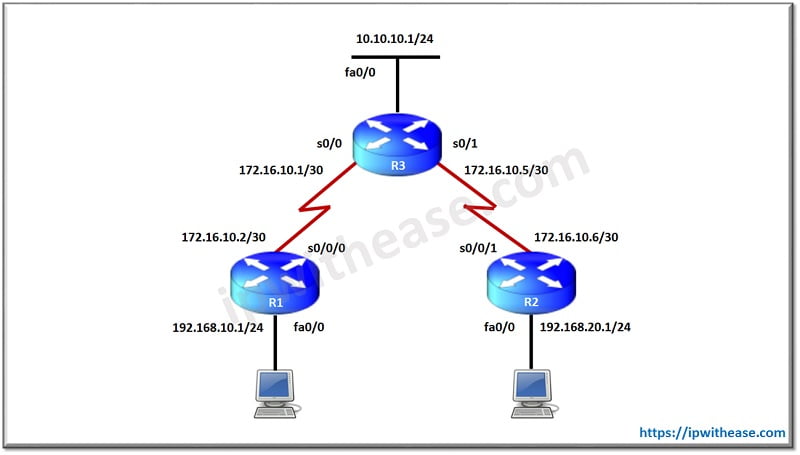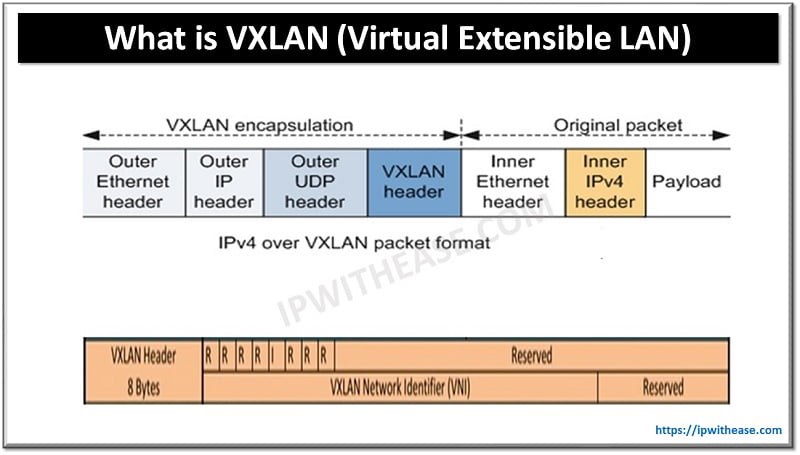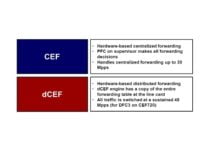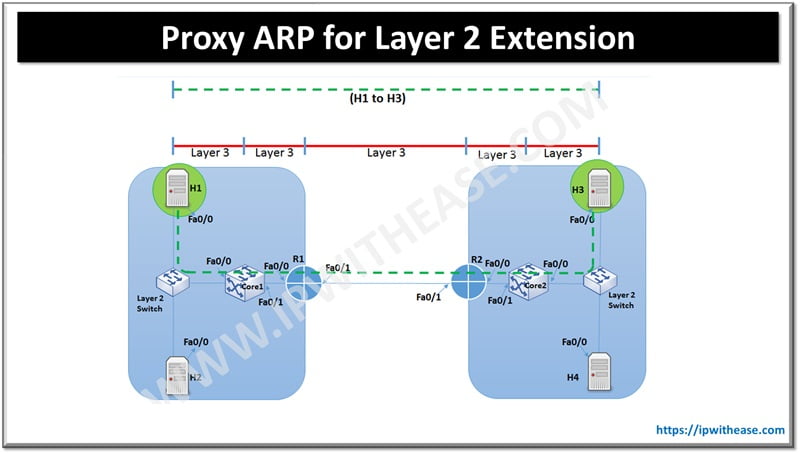Table of Contents
Introduction to Routing Protocols
In the IT or Telecommunications industry, Routing Protocols is defined as an attribute of any routing process to communicate with each other, in order to distribute information that enables them to select different routes between nodes on a computer network environment.
In general, routers perform the traffic directing functions on the Internet. Firstly, data packets are forwarded through the networks on the internet from router to router until they reach their destination terminal computer. Based on Routing algorithms, they determine the specific choice of routing (path).
Each router has a prior knowledge only for network architecture attached to it directly. Therefore, a routing protocol shares this kind of information first among immediate neighbors and then throughout the whole network. On this method, routers gain knowledge of the topology of the network. The special ability of routing protocols to dynamically change according to different conditions such as disabled connections, network components and route data around obstructions is what gives the Internet its fault tolerance and high availability traffic.
Characteristics of Routing Protocols
The unique characteristics of routing protocols include:
- the behavior in which they avoid routing loops,
- the manner in which they select preferred routes,
- using information about hop costs,
- the time they need to reach routing convergence,
- scalability and other factors such as relay multiplexing and cloud access framework parameters.
Certain additional specifications such as multilayer interfacing may also happen as a method of distributing uncompromised networking gateways to authorized connection ports. As a result, the additional benefit of preventing issues with routing protocol counter loops.
Most of the routing protocols are defined in technical specification documents called RFCs.

Types & Methods of Routing Protocols
Although there are many types of routing protocols in the industry, we can categorize three major classes that are in widespread use mostly on IP type of networks.

- Static Routing Protocols: These kinds of protocols are used for static routing. The main specification that distinguishes them from the other protocols, is that they use manual added routes in their routing table. The advantage of static routing protocols is that they don’t need an expensive router with routing overhead functionality. In addition, security is increased because only the administrator can allow routing to particular networks.
- Default Routing Protocols: These kinds of protocols are the most common routing protocols used in the industry nowadays, because in this method the router is configured to send all packets towards a single router (next hop). It doesn’t matter to which network the packet belongs to, so it is forwarded to the router which is configured for default routing. It is generally used with stub type routers. A stub router is considered any type of router that has only one route to reach in all the other networks.
- Dynamic Routing Protocols: The most advanced intelligent routing protocols are included in this category. Dynamic routing protocols apply automatic adjustment of the route path according to the current state of the route in the routing table. Dynamic routing uses protocols to discover network destinations and the route path to reach it. RIP and OSPF are the best applications of dynamic routing protocol technology. They are so intelligent that they automatically adjust the routing table in order to reach the network destination if one route goes down.
Conclusion
As we described in this article, we come to the conclusion that every routing protocol uses a specific routing algorithm to facilitate the decision-making process for routers. Therefore, a routing algorithm is a formula used to calculate the best path between the two networks topology. Also, the algorithm uses information gathered by the routing protocols, known as metrics in order to compute the best path.
As a general guide, the two major types of routing algorithms are distance vector and link-states. Firstly, the distance vector algorithms will generally use one metric to calculate the lowest cost from source to destination location. Secondly, the Link-state protocols use multiple metrics to calculate the shortest distance from a source to a destination one hop at a time.
It is likely that in the future, more intelligent and vendor agnostic protocols will be introduced that will route traffic more securely without so many routing tables across varied IP infrastructure.
Continue Reading:
ABOUT THE AUTHOR

You can learn more about her on her linkedin profile – Rashmi Bhardwaj



